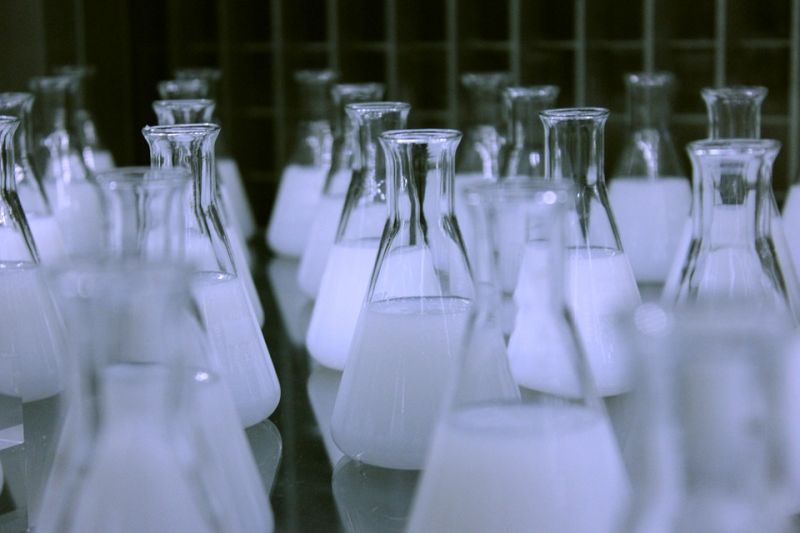Colorado Firm Develops New Method for Treating Water
Published on by Water Network Research, Official research team of The Water Network in Technology
Colorado-based Clean Chemistry thinks it has found a recipe that addresses industrial water waste more cheaply, more efficiently and with a cleaner process.
The company utilizes oxygen, as opposed to chlorine, in its water treatment.

Among the areas where its technology is being applied is hydraulic fracturing. The company has been present in the Permian Basin for the last couple of years, and is opening an Odessa field office to support demand.
Chief Executive Officer and co-founder Damon Waters took a few moments to discuss, by email, Clean Chemistry’s process and what he sees for the company’s future.
Q: How did Clean Chemistry hit upon using oxygen instead of chlorine?
A: Our mission is to offer the industry a better alternative to the boring, shelf stable oxidants we can all buy in the supermarket — like bleach and peroxide. That’s what led us to use reactive oxygen species (ROS) in our patented PeroxyMAX water treatment chemistry. Singlet oxygen and superoxide are fabulous oxidants but are extremely short-lived, so no one had previously been able to figure out how to harness them for industrial applications.
There are a few factors that make ROS better than chlorine molecules for water management in the oil field:
- Separations. A big objective in produced water management is separation — separating oil, separating solids. PeroxyMAX forms more stable coagulated solids making separation and solids management simpler.
- Speed. You can oxidize water contaminants like iron with bleach, but you’ve got to have large holding tanks for the chemical reaction to happen before you can separate the solids. With PeroxyMAX, you can do it all on the fly, in the waterline itself because PeroxyMAX does all its work in seconds. Therefore we accelerate and condense the process which is a huge advantage in the field.
- Selectivity. Nasty, noxious gases like chlorine dioxide and ozone are fast acting but are less selective and will corrode frac iron, react with the hydrocarbons, and volatilize out of solution creating safety hazards. PeroxyMAX addresses iron, solids and bacteria without superfluous chemical reactions.
Q: How does the oxygen — as opposed to chlorine — work?
A: PeroxyMAX is a parent oxidant. This means you inject it into the raw water and it evolves the Reactive Oxygen Species in-situ to do the actual work. The ROS react with the contaminants of concern for completions (iron, suspended solids (TSS), bacteria, etc.).
Chlorine dioxide is also a very good oxidant for killing bacteria in fresh water, but as the water becomes more impaired, like produced water, they use more of it. It then becomes corrosive, toxic to inhale and an explosion hazard leading to numerous accidents in the field. Chlorine dioxide also doesn’t kickstart the solids separation process the way PeroxMAX will.
Q: Is it cheaper than chlorine?
A: On fresh water, PeroxyMAX is cost competitive with chlorine dioxide. On produced and flowback water, PeroxyMAX outperforms chlorine chemistries at a lower price.
Q: What happens to the frac water once Clean Chemistry treats it?
A: Clean Chemistry’s PeroxyMAX is used to treat any source water for completions. We can take fresh, brackish, produced, or flowback and treat it to the proper spec for use in completions. We can also use PeroxyMAX to enable oil separations on produced water prior to disposal.
Read more: MRT
Media
Taxonomy
- Treatment
- Industrial
- Filtration
- Chlorination
- Filtration
- Filtration
- Water Management
1 Comment
-
Было бы интересно получить более подробную информацию, если это возможно.
It would be interesting to get more information if possible.